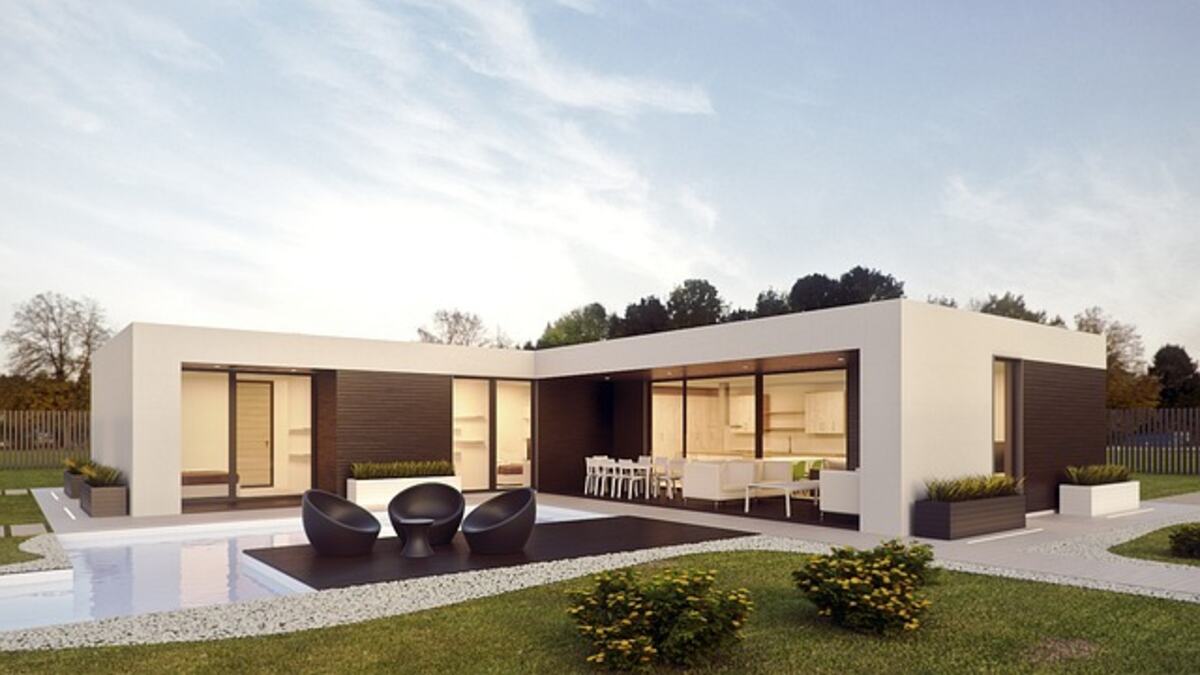Mobile and prefabricated homes are eligible for VA loan guarantees. Period. However, there is sometimes a significant gap between the VA guarantee and the amount a lender is willing to offer. Taking chances is critical. Let’s examine the key differences and then discuss the possibilities and the impossibilities.
Reminders, Part I
A. mobile or prefab homes do not qualify for a VA loan. It backs some of the money that banks lend to homebuyers as insurance. Since the VA guarantees repayment of (usually) 25% of the loan, this eliminates the substantial financial risk for the borrower. It’s Ginnie Mae, a government agency within the Treasury Department that is not part of the VA. Government National Mortgage Association, or Ginnie Mae, serves the Department of Veterans Affairs and the Federal Housing Administration. The only government guarantees out there, period. Critical to our discussion is that Fannie Mae and Freddie Mac are not government guarantees but Government Sponsored Enterprises (GSEs).
B. lenders lend money. Lenders like American Bank, FSB, and others rely on the VA Guaranty (a Ginnie guarantee) to approve your loan. As mentioned above, etc. Lenders play by the rules Fannie Mae and Freddie Mac established for the financial markets.
Fannie Mae and Freddie Mac establish the guidelines for more than 80% of all residential mortgages, which are C. civilian commercial organizations. They know the statistical probabilities of the loans being paid off connected to each little nuance of residential mortgages, such as the type of property to which the money or mortgage will be tied, which is more important than their capital and ability to buy the mortgages from the lenders. These businesses have determined that traditional lending is extremely dangerous for mobile homes but less risky for prefab homes under strict regulation. A mobile home permanently affixed to the ground on the property may pass the appraisal requirements set out by the lending institution. When attempting to obtain financing for the acquisition of a mobile home, it is the appraiser who will cause the most difficulty.
D. Lenders’ willingness to provide financing for mobile and prefabricated houses is significantly lower than the VA’s loan guarantee would suggest. The loan for the type of home you want may be granted, but the guaranty may not be.
Part Two: Manufactured or Mobile Homes
Indeed, the VA doesn’t use the word “mobile home.” Manufactured houses are what the term implies. Their definition is as follows:
A manufactured house is constructed on a permanent structure designed to be transported in pieces. There must be endless places for eating, cooking, sleeping, and sanitation so a single family can call it home throughout the year. Manufactured (mobile) homes can be either single-wide (10 feet wide) with 400 square feet of living space or double-wide (20 feet wide) with 700 square feet of living space.
Modular homes are not eligible for VA financing as opposed to manufactured homes. Modular homes have sections or pieces constructed in a factory, but the final assembly and finishing must be done on-site. However, the standard VA home loan program allows for financing modular home purchases. [This quote is taken verbatim from a VA pamphlet published in 1993; for more information, see here.
Traditional home mortgage lenders are not always willing to finance purchasing prefabricated homes. The best action is to contact the home’s maker and ask for a list of finance businesses ready to work with you and assist in the purchase. Recognize that a lack of funding precludes sales. The supplier of your double-wide will know the best places to look for financing.
Modular Houses, Part III
These are sometimes called “prefab homes” because their constituent parts are “built” in a factory. It takes just a few days for them to be delivered to your lot, assembled, wired, carpeted, painted, furnished (with appliances like dishwashers and washing machines), connected to utilities, inspected, and given over. Although the closing can be tricky (it usually takes several days rather than an hour), the result is a natural, live house with all brand-new furnishings and fixtures, precisely like a new house for grownups. In reality, this strategy for purchasing a brand-new house is frequently the most cost-effective option available. And?!!!! Banks will provide financing for them as if they were “stick-built” (meaning constructed from the ground up). Lenders can be picky, so it’s important to know that the settlement-specific underwriting rules will be strictly enforced. In the world of Fannie Mae and Freddie Mac, prefabricated and modular homes can be easily confused. The VA’s definition of a prefabricated house differs from the standard definition used in the residential mortgage industry. Therefore, you and your loan officer must tread carefully when discussing this with anyone.
Conclusions (Part 4)
Suppose a prefab or modular home meets the VA’s other requirements. In that case, the agency will fully guarantee the loan and leave the transaction to the lending institutions, who will make special underwriting and closing arrangements. Even though the VA may ensure the deal, mobile homes, double wides, and other types of homes the VA considers “manufactured” are not typically good candidates for residential mortgage financing.
Disclaimer: the author’s views expressed here are his or her own and should not be used in place of the guidance provided by your lender.
Thomas Kerns McKnight, JD, CMB, Copyright 2009.
McKnight, Thomas
VA Loan Trust President
[http://valoantrust.com]Please visit our website if you have any further inquiries about VA Loans. We can also assist you in applying for a VA loan.
Read also: Ways To Get Organized – 5 Simple Ways

